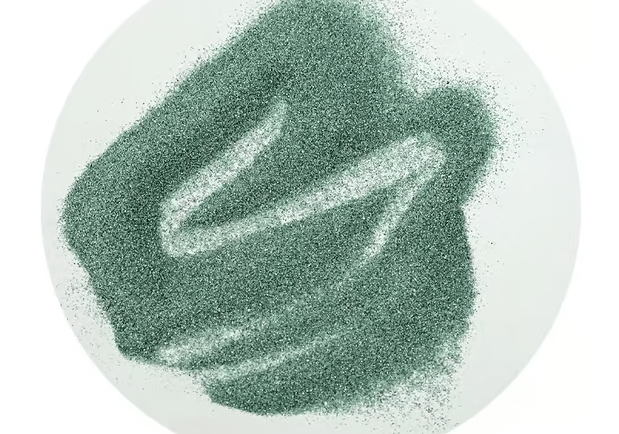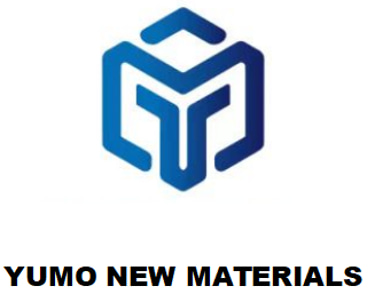HENAN YUMO: Engineered Precision, Uncompromised Performance
Aerospace Turbine Polishing: Why Green SiC Outperforms Alumina
The transition to ceramic matrix composites (CMCs) in next-generation aerospace turbines—particularly SiC/SiC components for combustion liners, turbine blades, and shrouds—demands abrasives capable of meeting extreme thermal and mechanical challenges1. While alumina (Al₂O₃) has been a historical choice, green silicon carbide (SiC) emerges as the superior solution due to four critical technological advantages.
6/23/20252 min read


Aerospace Turbine Polishing: Why Green SiC Outperforms Alumina
The transition to ceramic matrix composites (CMCs) in next-generation aerospace turbines—particularly SiC/SiC components for combustion liners, turbine blades, and shrouds—demands abrasives capable of meeting extreme thermal and mechanical challenges1. While alumina (Al₂O₃) has been a historical choice, green silicon carbide (SiC) emerges as the superior solution due to four critical technological advantages:
Dominant Hardness for Precision Machining
Green SiC achieves a Knoop hardness of 2,500–3,100 kg/mm², significantly exceeding alumina's 1,800–2,200 kg/mm²5. This enables effective material removal on SiC/SiC CMCs without inducing subsurface damage or fiber pull-out. Studies confirm that alumina abrasives leave 15–20 μm subsurface cracks in turbine shrouds, while green SiC limits damage to 3–5 μm—critical for components operating at 1,450°C.Thermal Management for Delicate Components
With thermal conductivity of 120 W/mK (4× higher than alumina's 30 W/mK), green SiC dissipates grinding heat efficiently25. This prevents thermal stress cracking in thin-walled turbine blades and avoids degradation of environmental barrier coatings (EBCs) like Si/Yb₂Si₂O₇ during finishing, where temperatures exceeding 400°C trigger phase transformations.Self-Sharpening Behavior for Consistent Performance
The controlled micro-fracturing of green SiC grains maintains sharp cutting edges throughout operations. This contrasts with alumina's tendency toward whole-grain pull-out, which causes inconsistent material removal. For turbine blade leading edges requiring ±2 μm tolerances, green SiC extends dressing intervals by 40% while reducing surface variation by 25%.Chemical Inertness Against Silicon-Based Materials
Unlike alumina, green SiC exhibits minimal reactivity with silicon-carbide matrices. This eliminates the formation of low-melting aluminosilicates that clog abrasive wheels, enabling 40–60% higher material removal rates before dressing is needed.
Validation in Aerospace R&D
The DLR 3DCeraTurb project (2021–2024) utilized green SiC for contouring SiC/SiC turbine vanes, achieving aerodynamic tolerances within ±3 μm at 1,315°C.
Northwestern Polytechnical University verified that EBC-coated components finished with green SiC show 30% lower erosion loss under 240 m/s sand particle impacts.
Yumo's Engineering Advantage
Henan Yumo New Material Co., Ltd. supplies high-purity (>99.5%) green SiC abrasives from three dedicated factories. Our grains deliver:
Uniform geometry for Ra 0.1–1.2 μm surface finishes
Thermal shock resistance up to 1,500°C
Custom particle distributions for CMC grinding profiles
